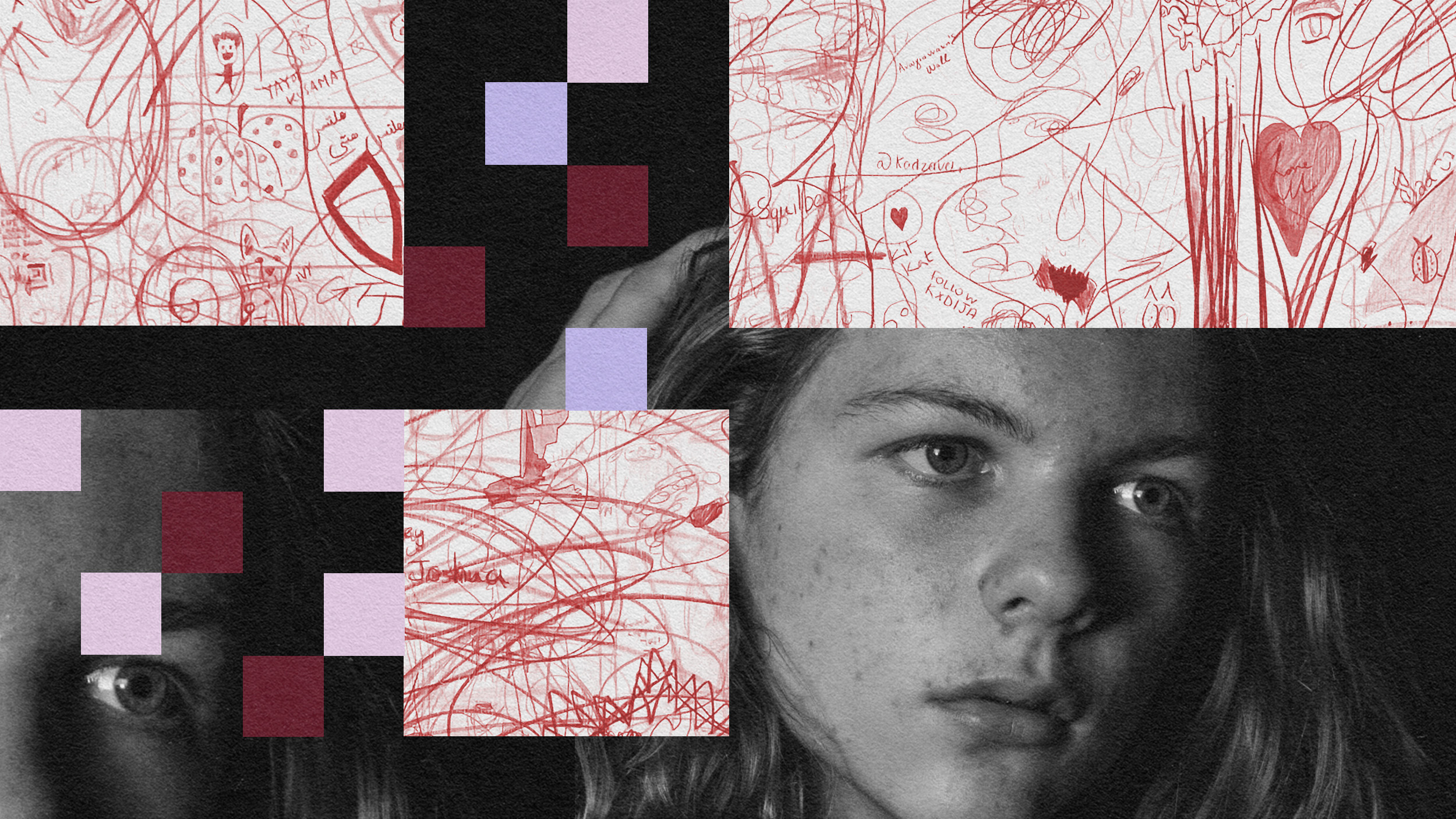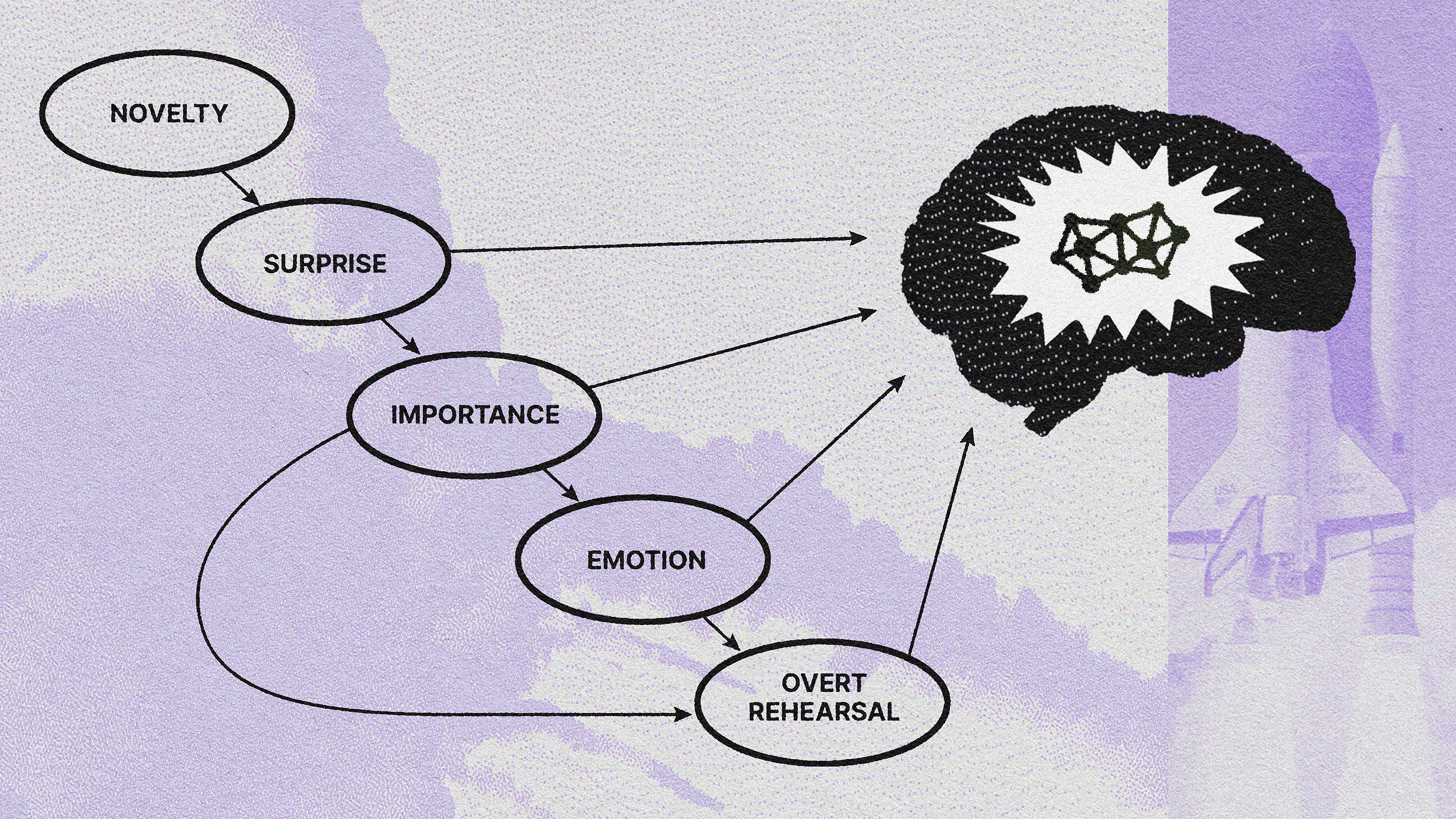Life glows on

On a recent visit to the Grand Canyon, I was stunned to see how many people were looking at their smartphones and taking selfies instead of being in the moment, integrating their bodies and minds with the spectacular scenery.
It’s just one symptom of what I see as a global phenomenon: It seems everyone wants to be a star—the star of their own lives.
It’s not about living life anymore; it’s about recording it, taking selfies and short videos, and quickly sharing them on social media. YouTube channels proliferate, and some very successful “youtubers” have millions of followers. My kids venerate a few of them—guys in their twenties that record themselves playing video games with funny commentary and a lot of cursing.
Smartphones and their close cousins, smart tablets, are changing us. Life glows on, all the time. And in the rush to record it and to share it, we are forgetting to fully engage with the moment and each other.
Some may dismiss this as the typical grumpiness of an older generation. I wish it were that simple.
In the age of smartphones, life becomes an event for others to appreciate, and not an individual’s experience.
Cellphones plus social media have made the archiving and the sharing of images amazingly easy and efficient. The reach is much wider and the gratification (how many “likes” a photo or video gets) is quantitative. Lives become a shared social event, a commodity with a value judged by others. It’s like we are trapped in a Black Mirror episode.
Now, part of this is fine, of course. There’s nothing wrong with celebrating meaningful moments and wanting to share them with those we care about. The problem starts when we stop from fully participating in the moment because we have this urge to record it; when every moment needs to be shared. Conan O’Brien, for one, complained that he can’t even see people’s faces when he performs anymore: “All I see is a sea of iPads.” Some celebrities are forbidding personal phones during their weddings. Said Nick Denton, head of Gawker, to his wedding guests: “You can tend to your virtual presence—and your Twitter and Instagram followers—the next day.”
Ephemeral gratification
Of course, our social media updates can be gratifying when friends, family, and fans respond, comment, and “like” us. We feel affirmed, that our life matters. But this kind of gratification is ephemeral; it comes and goes quickly. For many, it’s a quick fix for something deeper, a lack of confidence in who they truly are. Basing your life on what people think of you is a sure recipe for anxiety and frustration. It empties your core, filling it with the hope that others will satisfy your need for living a meaningful life. It never works, as many celebrities know only too well.
This reliance on others for affirmation is nothing new. But in the age of screens, it’s now easy to connect with many more people, potentially anywhere on the globe. Every selfie or video holds the promise of stardom: “I’m beautiful, I’m unique, I’m special, and people will notice and admire me.”
Not long ago, this wasn’t the case; very few had direct and near instantaneous access to a large number of people. Your social circle started and ended with your family and mostly local friends. Now, anyone can connect across countries, and share their moments with countless people, many unknown to them. We have to deal with cyberbullying, even from those within our social circles. And we have to process hearing unpleasant things from total strangers. An attacker can easily hide his/her true identity; a user can bully (or troll) someone viciously from a fake account or from some anonymous avatar—the utmost example of cyber cowardice.
Is it all then an explosion of collective narcissism? Fortunately, no. Plenty of people use social media to promote the common good and socially just causes. There are excellent outlets for education and for information on pretty much anything. There is also the healthy strengthening of connections with friends and family.
But there are also manipulative people or groups that use social media platforms with evil intent. The internet, after all, is an extension of society, with all the good and bad that goes with it.
Learn to disengage
There is no escaping the age we live in. But there’s no need for escaping it, for turning screens into the enemy. There is, however, urgent need for awareness. We need to educate young and old of what goes on in social media and the pros and cons of it.
And we need to learn to disengage from screens and, instead, engage with life directly, without the digital medium as a bridge between you and your friends, family, and nature.
Which brings me back to that scene at the Grand Canyon. Screens take you away from where you are, shifting your focus into the “other,” to those on the receiving end of your shared media. The Grand Canyon, the beach, the party—they all become the stage where your “stardom” unfolds, your life turned into a grand spectacle.
There is a difference between making use of technology or being used by it. Here’s how we keep it in check in our home: We use detox days to cleanse our kids from video games and YouTube videos, and us from our laptops. We try to instill a sense of balance between the real and the virtual.
Sometimes we just ban screens and go out to the forest or the mountains and focus our energy and attention on the big screen of reality out there—and on the relational bonds that foster a true engagement with the other.
That’s as grand as it gets.
The post Life Glows On appeared first on ORBITER.





